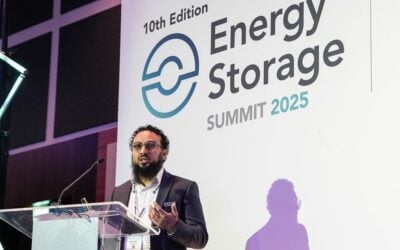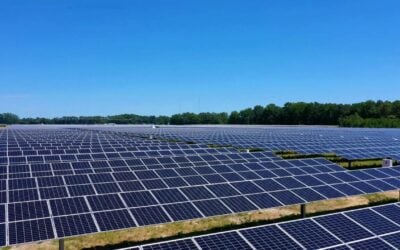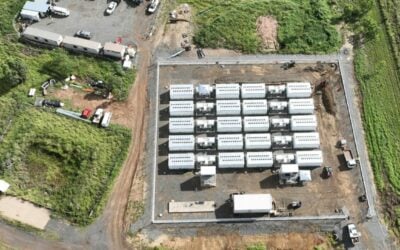
A cap and floor regime would be the most beneficial solution for supporting long-duration energy storage in the UK, a report from KPMG has found.
The professional services firm was commissioned to write the report by power generation group Drax. It detailed how there is currently no appropriate investment mechanism for long-duration storage.
Enjoy 12 months of exclusive analysis
- Regular insight and analysis of the industry’s biggest developments
- In-depth interviews with the industry’s leading figures
- Annual digital subscription to the PV Tech Power journal
- Discounts on Solar Media’s portfolio of events, in-person and virtual
Or continue reading this article for free
Examining four investment mechanisms – the Contracts for Difference (CfD) scheme, Regulated Asset Value (RAV) model, cap and floor regime and a reformed Capacity Market – it identified cap and floor as the best solution.
Currently, challenges facing long-duration storage projects include revenue and cost uncertainty, long lead times for project development and high upfront capital expenditure requirements.
Last year, the UK government’s Department for Business, Energy and Industrial Strategy (BEIS) issued a call for evidence on how to enable long-duration energy storage, including what the barriers in the current market are and how they might be addressed.
KPMG found that a cap and floor regime would reduce risks for investors while at the same time encouraging operators of new storage facilities to respond to system needs, helping National Grid ESO to maintain security of supply.
In a cap and floor mechanism, revenues or margins are subject to minimum and maximum levels. Below the ‘floor’ customers would top-up revenues, and earnings above the ‘cap’ would be returned in whole or in part to customers
However, a number of specific design features would be needed to reflect the nature of flexibility and long-duration storage projects. Specifically, the mechanism would need to have the flexibility to reflect the differences between long-duration storage technologies, as well as needing to ensure revenue stabilisation does not reduce incentives to deliver market efficient outcomes.
Lastly, charging costs should be treated as ‘market related costs’, which would allow them to be excluded from the building blocks making up the cap and floor levels and instead be treated as netted-off revenue before the comparison to the cap and floor in each assessment period. This means they would be passed through the cap and floor mechanism as opposed to being passed through to consumers.
KPMG outlined how the same support regime has been “transformational” in unlocking private investment in cross-border interconnectors since its launch in 2014. This is due to investors being able to see the project’s annual maximum and minimum revenues over a 25-year period, which reduces risks.
KPMG also found that while the Capacity Market could provide stable minimum revenue streams for long-duration storage, payments are unlikely to be sufficient to service debt costs for large-scale investment.
The RAV model, meanwhile, may be unlikely to provide sufficient incentives for asset operators to respond to market signals, KPMG said. It also carries minimal competitive pressure to drive efficiency.
Lastly, the CfD has the potential to be unsuitable because it typically incentivises export of power irrespective of market conditions and therefore may not reflect the operating characteristics or value of storage assets.
“With more long-duration storage, the system would operate more effectively in terms of reducing emissions, cutting costs and maintaining secure supplies,” said Penny Small, Drax Group generation director, adding that technologies such as pumped hydro – which Drax owns – are key to achieving net zero due to their ability to store excess renewable generation.
Drax is currently planning on developing a 600MW pumped hydro plant at its existing Cruachan facility in Argyll, Scotland.
Other long-duration storage technologies include liquid air energy storage (LAES) – with Highview Power developing a 50MW/250MWh LAES project in Greater Manchester – as well as various battery storage technologies that are capable of long duration applications, such as vanadium flow storage.
The report echoes views expressed at an event hosted by our publisher Solar Media in March last year. Robert Hull, managing director at energy advisory Riverswan and formerly managing director of UK energy market regulator Ofgem said that overall policy is supportive of long-duration energy storage technologies, yet revenue generating mechanisms in place are inadequate.
While the market for shorter duration technologies, particularly lithium-ion battery storage, has been growing and is buoyant, due to a range of revenue opportunities which can be ‘stacked’ and combined, there are not long-term price signals and therefore a lack of investment certainty for longer duration storage persists, Hull said.
Additional reporting for Energy-Storage.news by Andy Colthorpe.
This story first appeared on Current±.






